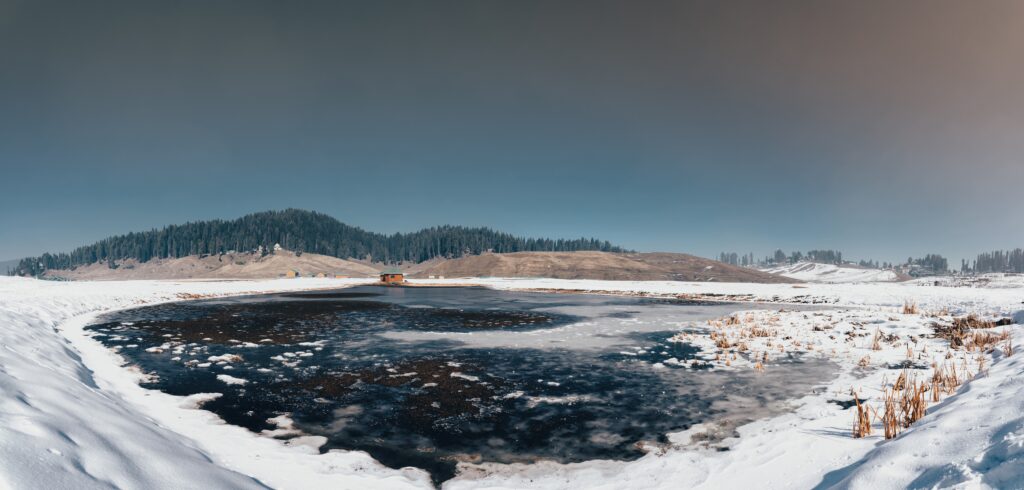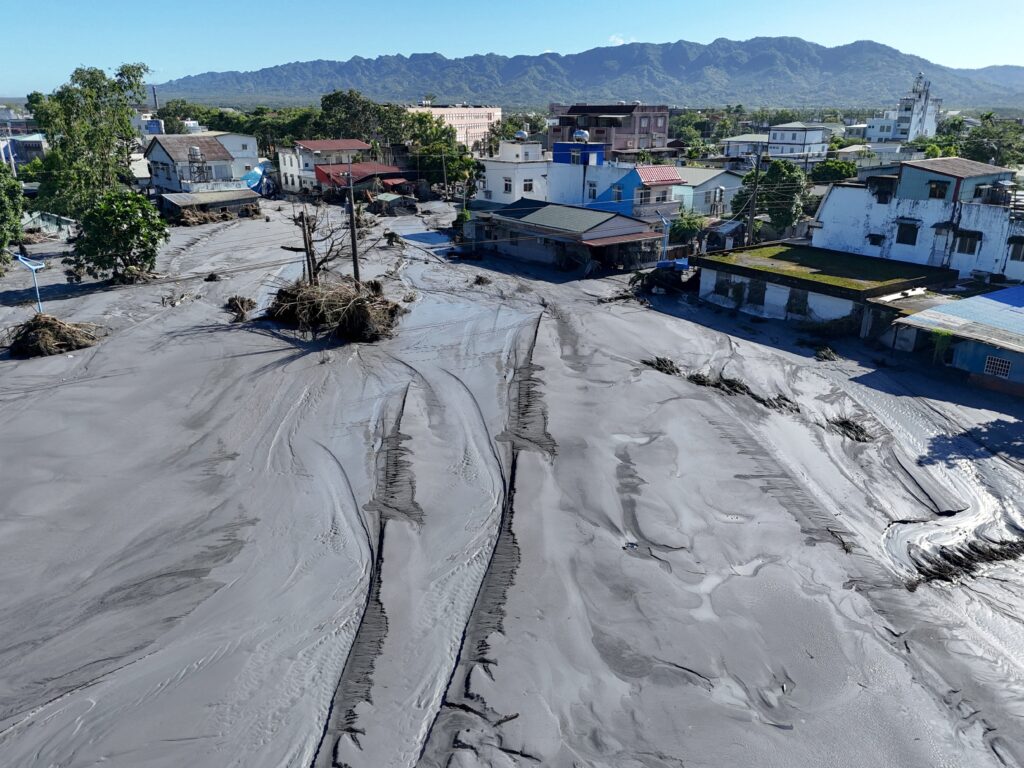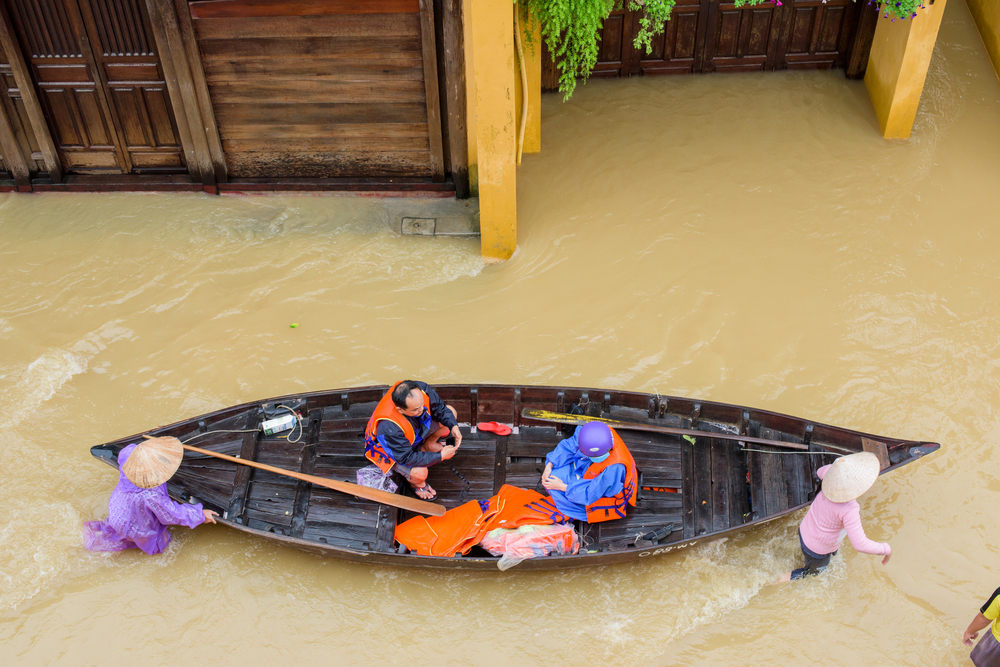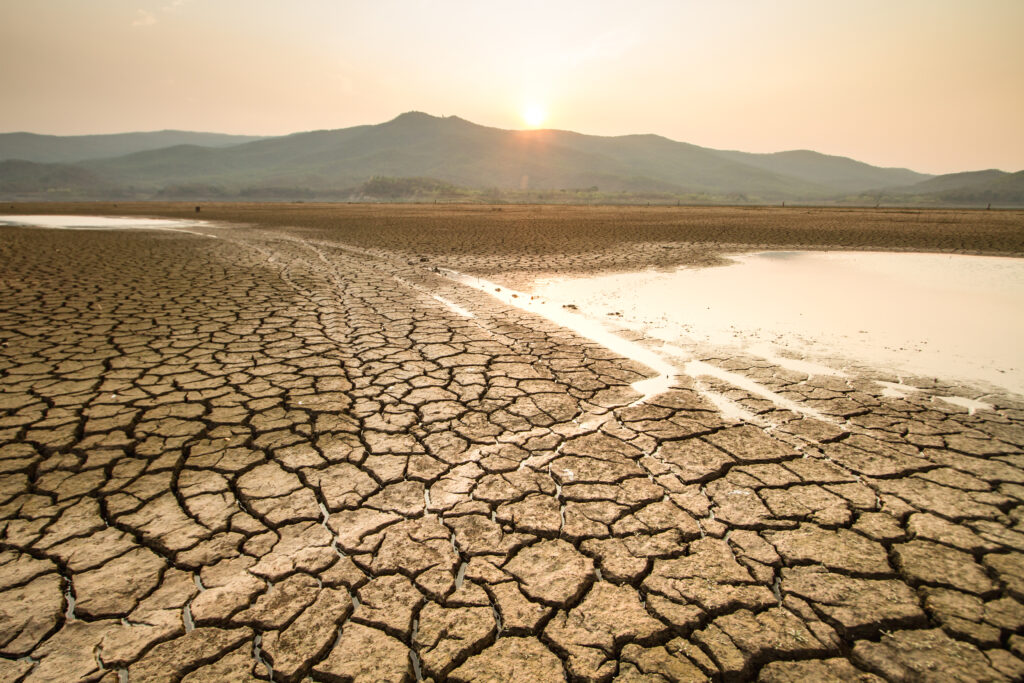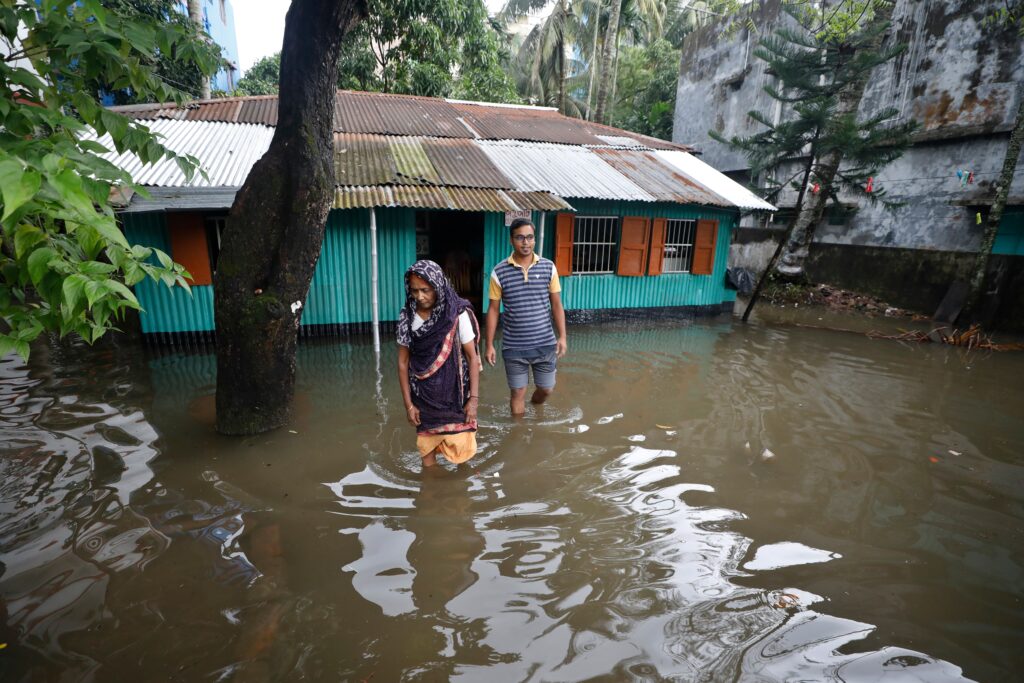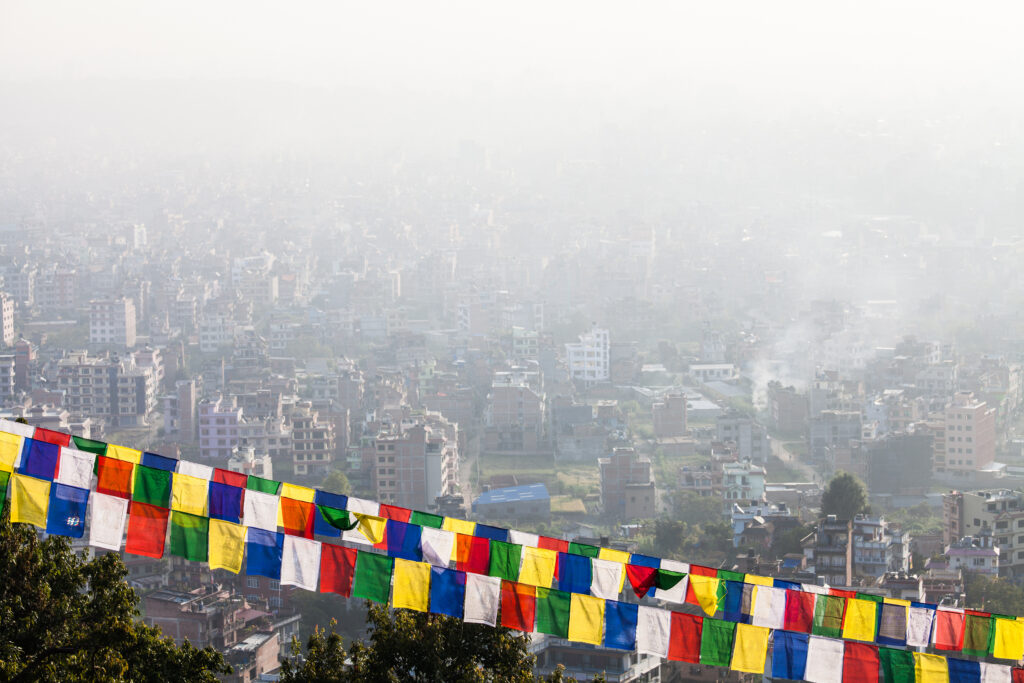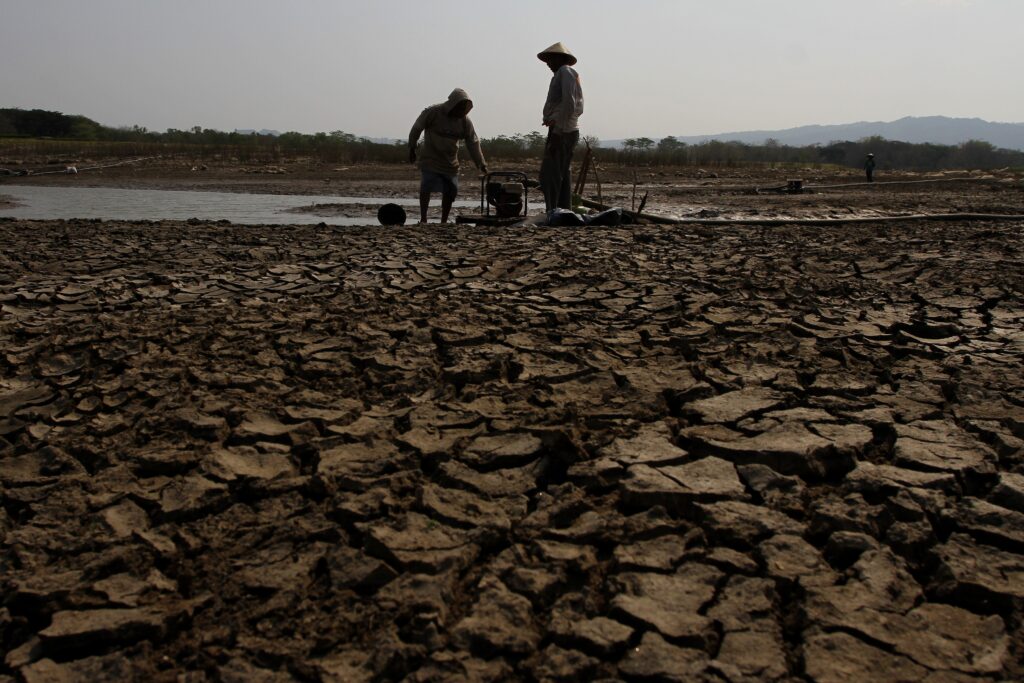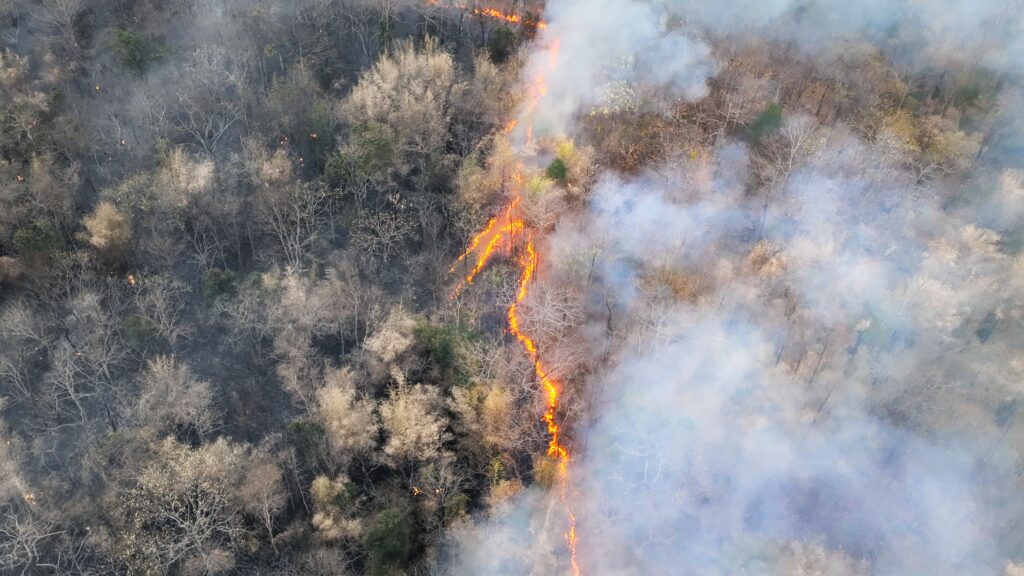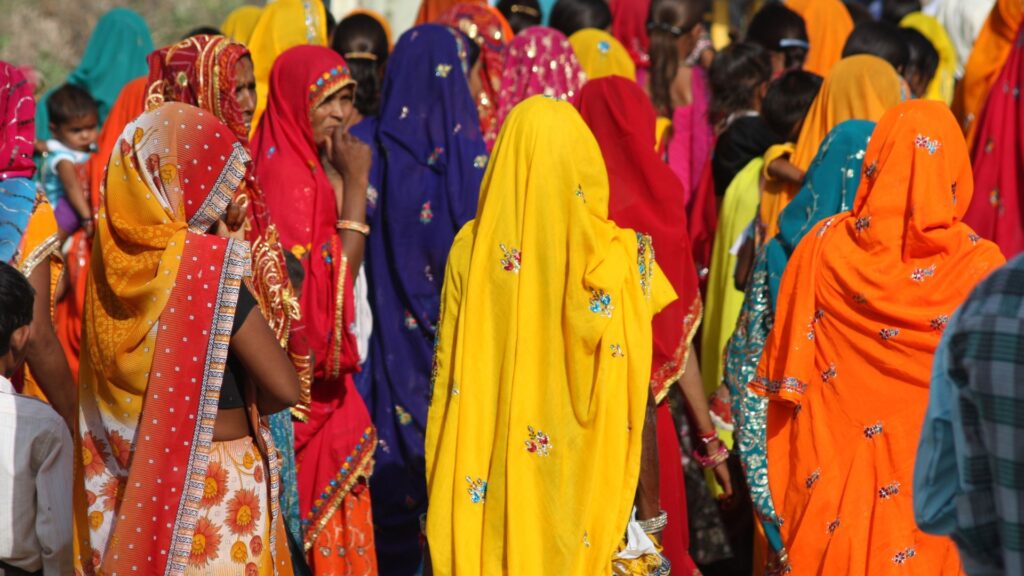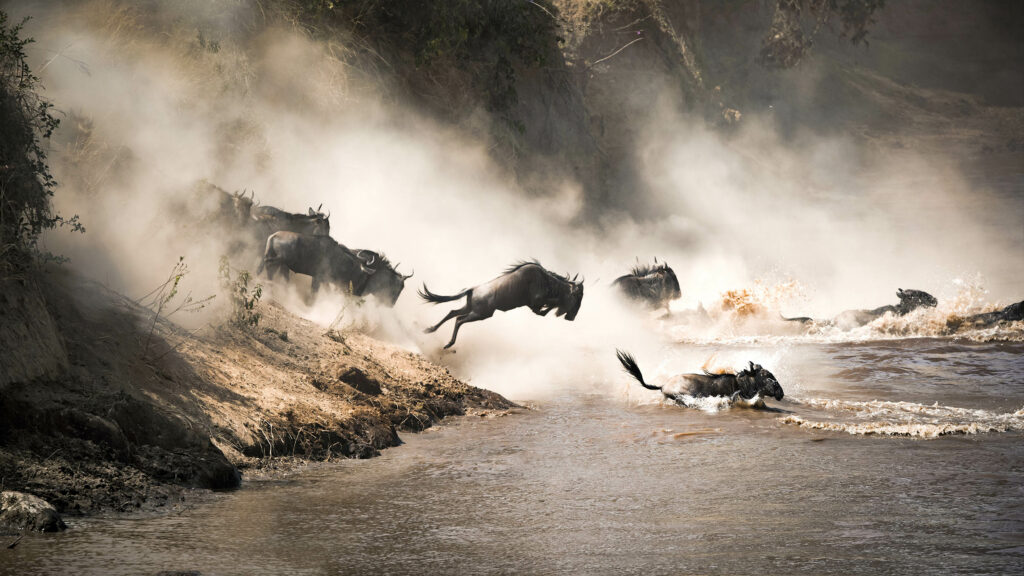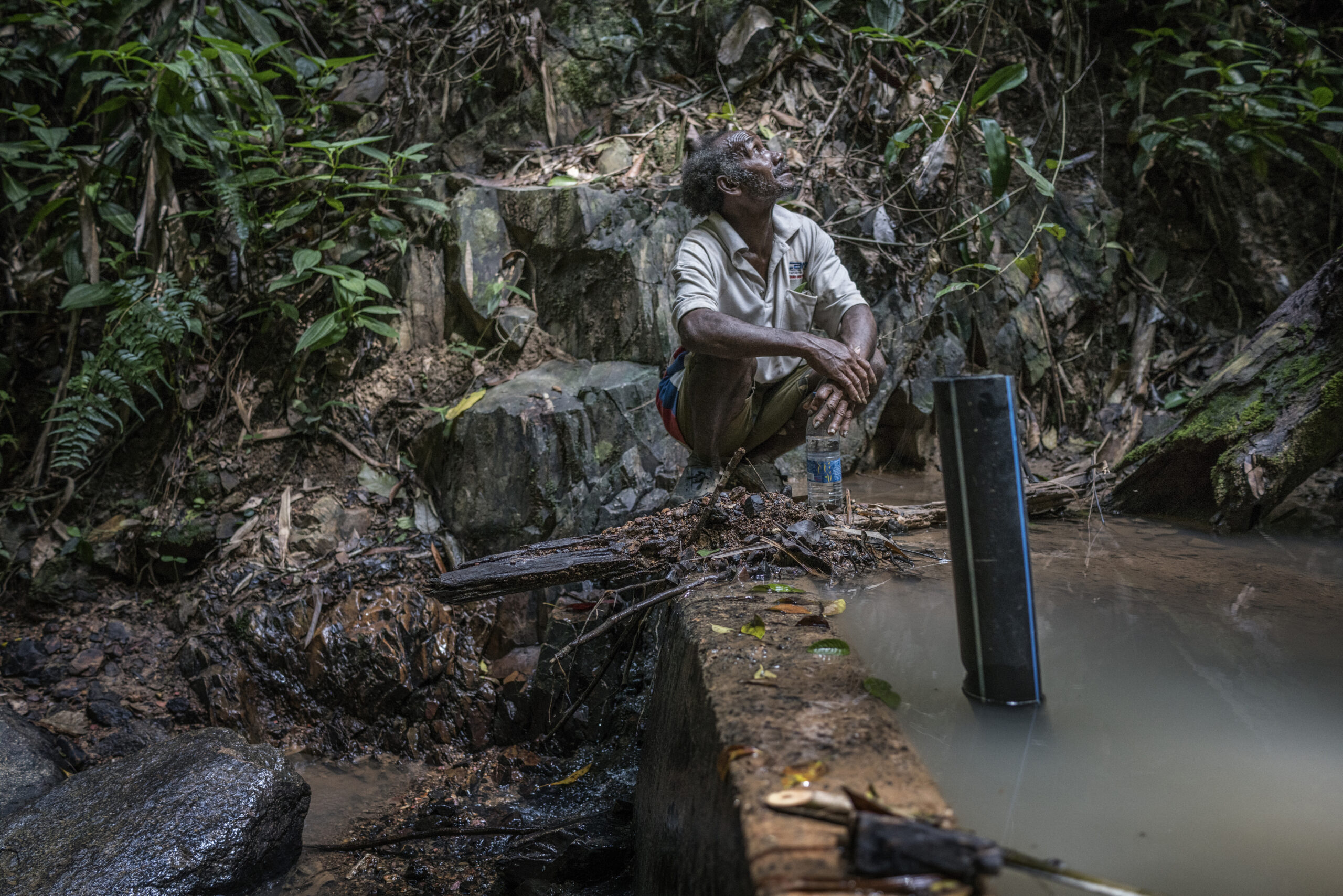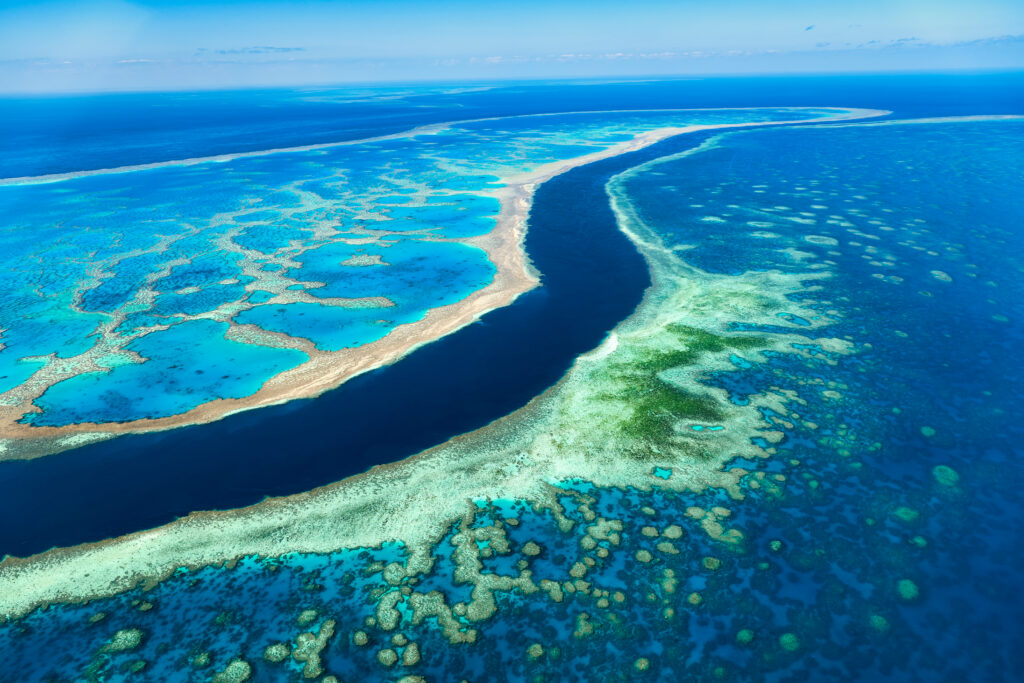Asia is at the centre of the world’s deepening water crisis. Across the region, communities are facing the triple threat of too much, too little and too polluted water, driven by human-induced climate change and industrial activities. The region is warming at twice the global average, disrupting seasonal water cycles and causing water scarcity widespread harm to lives and livelihoods.
In the second of this three-part series, we highlight the impacts of too little water — from droughts and glacier loss to groundwater depletion — as one of the most severe and far-reaching consequences of the climate crisis in Asia.
Droughts and Severe Water Scarcity
Population growth and economic development are increasing water demand worldwide. Meanwhile, climate change is disrupting rainfall patterns and sending temperatures soaring, increasing the frequency, severity and duration of droughts and severe water scarcity in many regions, driving a dire water crisis across much of Asia.
Droughts have grave consequences. They are complex, slow-onset disasters that develop gradually, and their harmful impacts accumulate over time. Droughts trigger a range of cascading issues that heighten vulnerability, including food and water insecurity, loss of livelihoods, poor health, forced migration, regional instability and conflict.
A 2025 report, “Global Drought Hotspots,” found that Southeast Asia is among the most exposed regions to drought severity, frequency and economic disruption worldwide. “Drought is a silent killer. It creeps in, drains resources and devastates lives in slow motion. Its scars run deep,” said UNCCD Executive Secretary Ibrahim Thiaw.
Meanwhile, reduced winter snowfall and extreme summer temperatures are causing glacier loss on a monumental scale, threatening the long-term water security of hundreds of millions of people who rely on Asia’s great river systems for drinking, farming and power generation.
Dr. Mark Svoboda, report co-author and NDMC director, described the world’s recent droughts as a “slow-moving global catastrophe”, and called for systematic monitoring of how drought affects people’s lives and livelihoods, and the health of the ecosystems we all depend on.
Record Heat as Water Supply Fails
Water scarcity touches every part of daily life and the economy. When rainfall fails or droughts persist, village wells dry up, and hospitals and schools struggle to meet basic water needs. Shortages can lead to disruptions in industries, energy outages and crop failures, bringing misery and hardship to millions.
Across Asia, drought has intensified one of the region’s gravest threats: groundwater depletion. Agriculture and food security are particularly vulnerable, with some South Asian countries reliant on groundwater for up to 90% of agricultural needs. Yet, in many regions, groundwater extraction often exceeds annual rainfall recharge, leaving communities without water when they need it most.
Overexploitation of Water Resources in India
India is home to 17.6% of the world’s population but has just 4% of the world’s freshwater resources. The majority of nations’ irrigated agriculture and drinking water supplies depend on groundwater. Yet decades of overexploitation have pushed groundwater levels to an irreversible state, forcing many small farmers into debt or migration. Climate change is exacerbating this water stress. Northern India’s prolonged and widespread heatwave in 2022, coupled with below-average rainfall, impacted hundreds of millions of people and was made 30 times more likely due to climate change.
Water Crisis in China
China is also battling a growing crisis. In 2024, a single drought affected nearly 5 million people, damaged over 3,300 square km of crops, and caused economic losses of about USD 400 million. Record-high temperatures and soil dryness in 2022, made up to six times more likely by climate change, led to poor harvests and impacted hydropower energy generation. Without urgent action, the unfolding water crisis of this economic powerhouse poses a looming threat to food, energy and supply chains worldwide.
Strengthening Water Security in the Face of Climate Change
The world’s deepening water crisis demands urgent, collective action. Under current warming trajectories, drought frequency and severity will increase across most of Central, South and West Asia. For India, China and Central Asia, projections warn of water-related GDP losses of 7-12% by 2050 without effective water management action in the face of climate change.
Just as with the global challenge of reducing greenhouse gas emissions, there are solutions, yet progress remains stalled. The Global Commission on Adaptation calls for restoring healthy watersheds, strengthening water infrastructure, improving efficiency and including climate risks such as floods and droughts in all levels of planning. While the task ahead is enormous, research shows that addressing the world’s global water challenges could cost just 1% of global GDP, yet what remains lacking is the political will and financial backing to make these cost-effective solutions a reality.
Evelyn Smail
Writer, United Kingdom
Evelyn is a freelance writer and journalist specialising in climate science and policy, the just energy transition and the human impacts of climate change. She writes for independent publications, NGOs and environmental organisations. Evelyn has a background in sustainable development, climate justice and human rights.
Evelyn is a freelance writer and journalist specialising in climate science and policy, the just energy transition and the human impacts of climate change. She writes for independent publications, NGOs and environmental organisations. Evelyn has a background in sustainable development, climate justice and human rights.

![Droughts and Water Scarcity: Asia’s Water Crisis [Part Two]](https://www.climateimpactstracker.com/wp-content/uploads/2025/10/shutterstock_2602524629-scaled.jpg)
